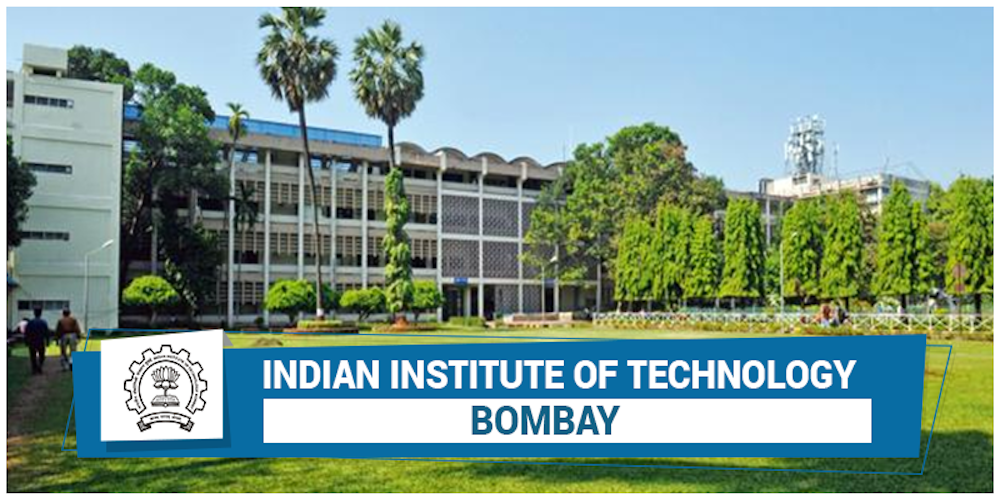Internationalisation of Higher Education

Once, India was the global “Guru”, thanks to its great universities such as Nalanda and Taxila that attracted the best minds from many parts of the world. It is really heartening that there is now every chance of India re-emerging as a global and international education hub, making it an attractive destination for students who wish to study abroad. The world’s second fastest growing economy offers affordable international education with great value for money. The industry is also witnessing accelerated growth owing to multiple factors such as increase in the number of international students, increasing demand for skilled workforce, etc.
Union Minister of State for Education, Dr. Subhas Sarkar says that to promote India as a global study destination and Internationalisation, the Modi government has brought out the New Education Policy (NEP) in 2020, which stipulates various measures.
These measures include, among others, facilitating research / teaching collaborations and faculty /student exchange with high-quality foreign HEI (Higher Education Institutes) and signing of relevant mutually beneficial MOUs with foreign countries; encouraging high performing Indian universities to set up campuses in other countries; selected universities e.g., those from among the top 100 universities in the world will be facilitated to operate in India; setting up of International Student Office at each HEI for welcoming and supporting students arriving from abroad; counting credits acquired in foreign universities, wherever appropriate as per requirement for each HEI; and courses and programmes in subjects, such as Indology, Indian Languages, AYUSH systems of medicines, yoga, arts etc.
In line with the recommendations of National Education Policy (NEP), 2020, several measures have been initiated to strengthen Internationalization of the Higher Education, such as:
– Guidelines on Internationalization of Higher Education were notified by UGC in July, 2021 that include provisions like setting up of Office for International Affairs and Alumni Connect Cell in the campus of Universities hosting foreign students.
– 179 Universities have established Office for International Affairs and 158 Universities have set up Alumni Connect Cells.
– In order to foster academic collaboration between Indian HEIs and foreign HEIs, “University Grants Commission (Academic Collaboration between Indian and Foreign Higher Educational Institutions to offer Twinning, Joint Degree and Dual Degree Programmes) Regulations, 2022” have been notified on 2nd May, 2022.
– World-class foreign universities and institutions will be allowed in the GIFT City, Gujarat to offer courses in Financial Management, FinTech, Science, Technology, Engineering and Mathematics free from domestic regulations, except those by International Financial Services Centres Authority (IFSCA) to facilitate availability of high-end human resources for financial services and technology.
– UGC Institutions of Eminence Deemed to be Universities Regulations have been amended to allow Institutions of Eminence to set up Off-Shore campuses. The amendment to existing UGC institutions of Eminence Regulations delineates terms, conditions and approval process for establishment of Off-Shore campuses by institutions of eminence (IoEs) deemed to be universities.
The government is emphasizing that India has always been home to some of the best educational institutions in the world. It has produced brilliant minds who have made a global impact with their work in different fields of science, arts and humanities. Today, India is emerging as one of the top destinations for international education with a growing number of students seeking quality education in India.
Incidentally, there has been a consistent rise in the demand for international education in India in the last few years. This is primarily driven by the fact that top universities across the globe are offering more courses through online and distance learning programs. This is creating a demand for these courses in a few top destinations across the world. The International students’ enrolments in higher education in India have increased by 25% over the last five years, which is a pretty high growth rate. In 2018, there has been a sharp rise of 20% in overall international student enrolments in India. A few factors behind this consistent rise in demand for international education in India are availability of affordable and quality education in India; availability of fellowship programs for international students; a growing interest in Indian culture, entrepreneurship, and management practices; and the ease of obtaining a student visa to study in India.




Well researched article by Darshan Singh on the benefits of Internationalization of Higher Education in India under the NEP 2020. Internationalization of Higher Education in India, if followed well will save a good amount of foreign exchange to the country. My take on this is as follows: Internationalisation of Higher Education in India under the new education policy (NEP2020).
Internationalisation of higher education is a response to globalisation in order to raise the quality of education to catch up to the global standards with alignment of curriculum to instil the type of skill to improve productivity in a globalized competitive economy. In India, the Internationalization of Higher Education has received its due importance for the first time in the newly formulated National Education Policy 2020 which strives to promote Internationalization, by bringing some structural policy reforms. Way back in May 2016, I had organised end to end a one day National Workshop on “Internationalization of Higher Education” in Bangalore, India on behalf of GOK. This was attended by representatives of UGC, NAAC, MHRD, many foreign consulate offices representatives, VCs of many local state and private Universities, press, students, private affiliated colleges, GOK representatives, etc. The total delegates numbered around 300. Since then my contacts are informing me to organise the 2nd edition of the seminar in light of the NEP2020. Informal discussions indicate to me that there is a keen interest to know more about Internationalisation of Higher Education in Bengaluru. The highlights include promotion of India as a global study destination and Internationalisation center. NEP 2020 stipulates various measures, which inter alia includes facilitating research, teaching collaborations and faculty and student exchange with high-quality foreign HEI and signing of relevant mutually beneficial MOUs with foreign countries; encouraging high performing Indian universities to set up campuses in other countries; selected universities e.g., those from among the top 100 universities in the world will be facilitated to operate in India; setting up of International Student Office at each HEI for welcoming and supporting students arriving from abroad; counting credits acquired in foreign universities, wherever appropriate as per requirement for each HEI; and courses and programmes in subjects, such as Indology, Indian Languages, AYUSH systems of medicines, yoga, arts etc.
Statistics: Research indicates to me that today about 179 Universities have established Office for International Affairs and 158 Universities have set up Alumni Connect Cells in the country currently.
Latest development: Per various reports by the Ministry of Education, New Delhi, world-class foreign universities and institutions will be allowed in the GIFT City, Gujarat to offer courses in Financial Management, FinTech, Science, Technology, Engineering and Mathematics free from domestic regulations. NEP 2020 is charting the way for global collaborations and international recognition of Indian educational institutions.
Ramesh Kumar Nanjundaiya